T-Mobile's T-Satellite and similar services' revenue is expected to skyrocket in 2026
The name of the game: low-earth orbit satellites.
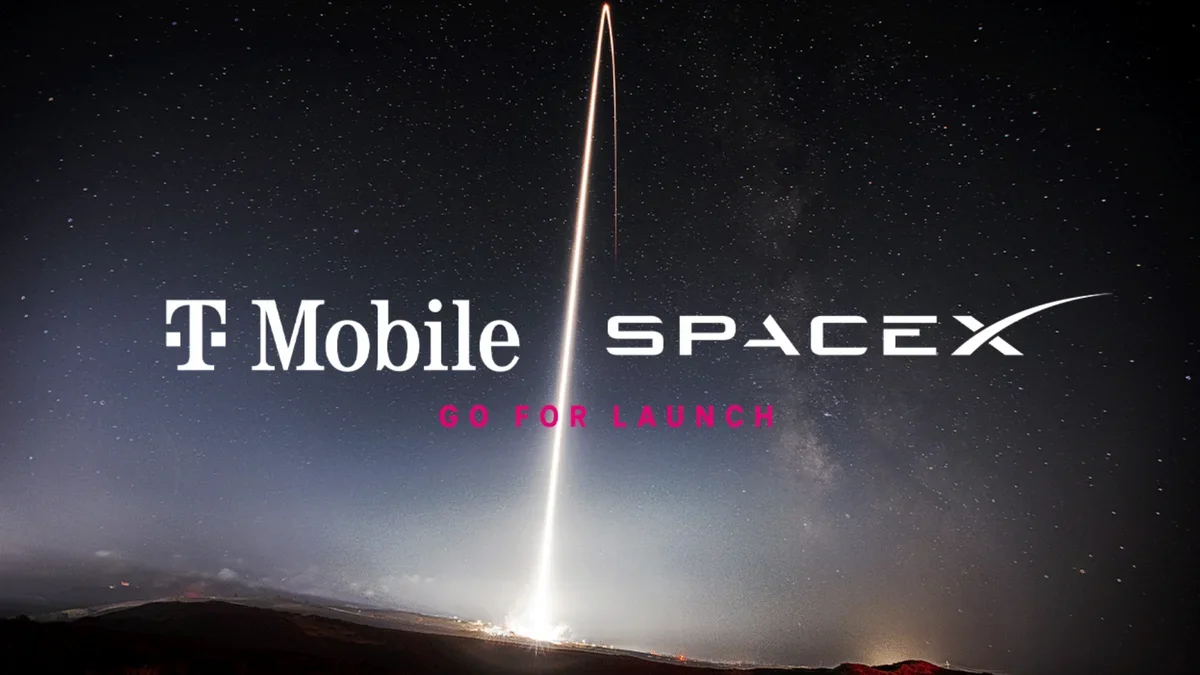
Despite that a vast number of people are still on 4G and haven't yet gotten to 5G, let me tell you about the next big thing: LEO, as in: low-earth orbit satellites. LEO-enabled services are about to skyrocket (pun intended) in the near future.
Both business and regular end consumers are getting more and more interested in what such cutting-edge technologies can offer. Low-Earth Orbit (LEO) satellite services are projected to generate $14.8 billion in revenue next year, according to data from Gartner, as reported.
That's almost a 25% increase over what's expected for 2025, which is impressive by all standards:
Even though $14.8 billion sounds impressive, it still covers only a small part of what LEO satellite companies have invested so far. These companies – some now widely recognized – have spent years and massive amounts of capital to get their systems up and running. That's only natural, given that we're dealing with satellites that are orbiting our planet, and not ground-based infrastructure.
Still, the growing revenues and fast-paced growth are clear signs that their efforts are starting to pay off.
Most of the growth is expected to come from people and businesses in remote areas where other internet options simply don't exist. The market is now entering what Gartner calls a rapid growth phase. In the coming years, over 20 LEO satellite service providers are expected to be active, and more than 40,000 satellites could be in orbit.
Starlink, for example, has been providing satellite internet for years and now partners with mobile operators to offer direct-to-cell services – meaning users can connect to the internet directly through satellites without needing special equipment. Companies like T-Mobile US and One NZ (in New Zealand) already offer commercial versions of this, while others like Rogers in Canada are still testing.
Meanwhile, in Japan, SoftBank is preparing to provide 4G and 5G connectivity through high-altitude airships created by Sceye, a company based in New Mexico, as we reported the other day.
LEO satellites have primarily delivered broadband connectivity to remote locations where traditional networks don't reach. However, new consumer and business use cases are emerging, driving communications service providers (CSPs) to expand the market. This is enabling LEO satellites to become a mainstream enterprise broadband technology.
– Khurram Shahzad, Senior Director Analyst at Gartner, August 2025
Even though $14.8 billion sounds impressive, it still covers only a small part of what LEO satellite companies have invested so far. These companies – some now widely recognized – have spent years and massive amounts of capital to get their systems up and running. That's only natural, given that we're dealing with satellites that are orbiting our planet, and not ground-based infrastructure.
Still, the growing revenues and fast-paced growth are clear signs that their efforts are starting to pay off.
Most of the growth is expected to come from people and businesses in remote areas where other internet options simply don't exist. The market is now entering what Gartner calls a rapid growth phase. In the coming years, over 20 LEO satellite service providers are expected to be active, and more than 40,000 satellites could be in orbit.
Starlink, for example, has been providing satellite internet for years and now partners with mobile operators to offer direct-to-cell services – meaning users can connect to the internet directly through satellites without needing special equipment. Companies like T-Mobile US and One NZ (in New Zealand) already offer commercial versions of this, while others like Rogers in Canada are still testing.
Other major telecom players are also entering the LEO space, but not with the help of Starlink. AT&T, Verizon, and Vodafone are working with AST SpaceMobile on direct-to-device services.
Meanwhile, in Japan, SoftBank is preparing to provide 4G and 5G connectivity through high-altitude airships created by Sceye, a company based in New Mexico, as we reported the other day.
These solar-powered, helium-filled aircraft will serve as airborne cell towers, equipped with the same network equipment used on the ground and running on internationally recognized 3GPP standards. These high-altitude airships are not satellites and will float above cities on a way lower altitude: about 20 kilometers above the Earth. For context, Starlink's satellites float at 320 and 350 miles (ca. 563 km) above the Earth.
The sci-fi times are here!
Follow us on Google News


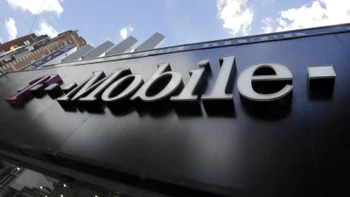
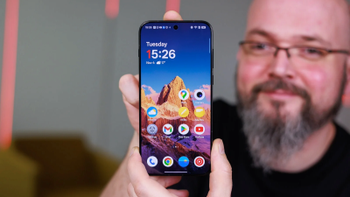



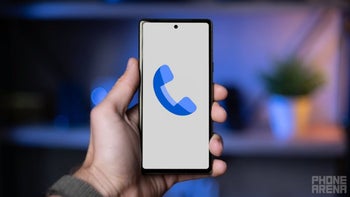
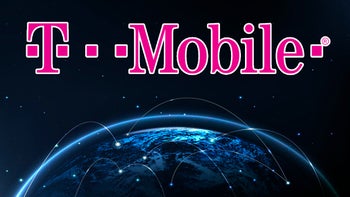
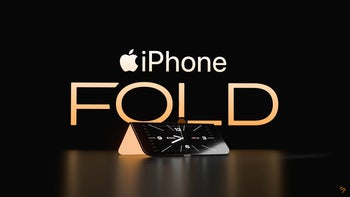
![A new Android bug is making it impossible to install new apps. Are you affected? [UPDATE]](https://m-cdn.phonearena.com/images/article/176703-wide-two_350/A-new-Android-bug-is-making-it-impossible-to-install-new-apps.-Are-you-affected-UPDATE.webp)
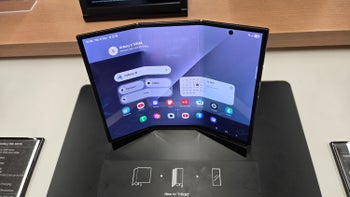
Things that are NOT allowed:
To help keep our community safe and free from spam, we apply temporary limits to newly created accounts: